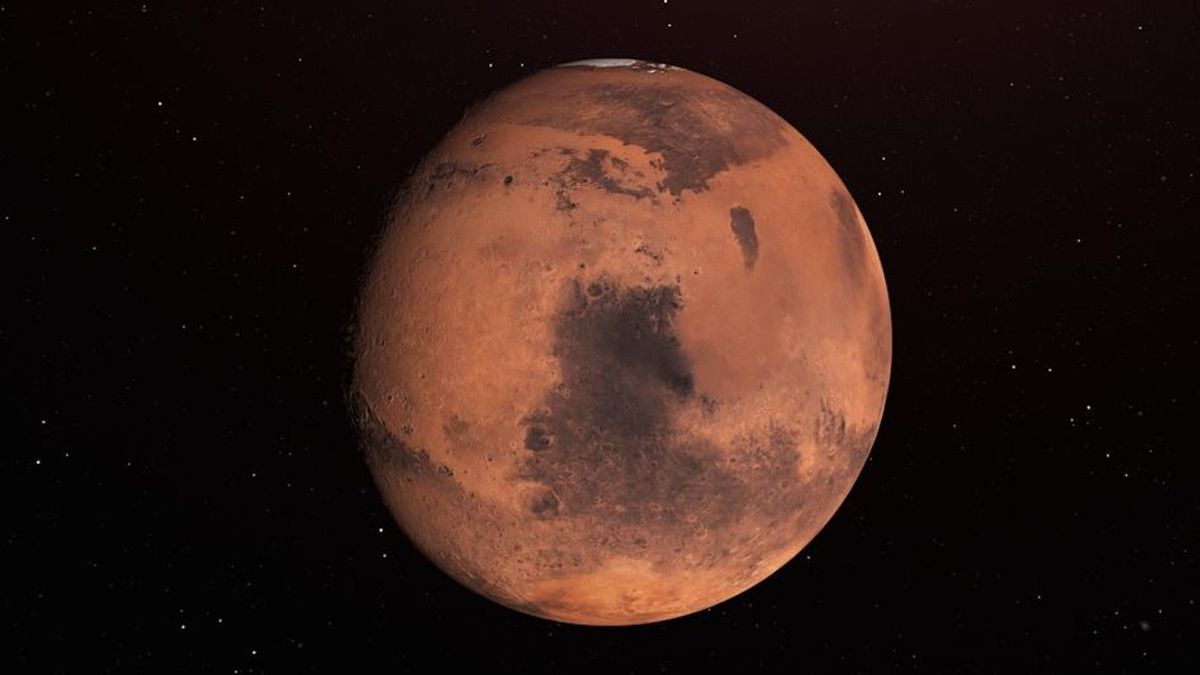Mars, also known as the “Red Planet,” is a cold, rocky planet with a thin atmosphere, mostly composed of carbon dioxide, and is about half the size of Earth, with evidence suggesting it may have had liquid water and potentially life in the past.
Here’s a more detailed look at Mars:
Key Features:
- Appearance: Mars is reddish in color due to iron oxide (rust) on its surface.
- Size: Mars is about half the size of Earth.
- Distance from the Sun: Mars is about 50% farther away from the Sun than Earth, with an average orbital distance of 142 million miles.
- Atmosphere: Mars has a very thin atmosphere, mostly carbon dioxide (95%), with small amounts of nitrogen (3%) and argon (2%).
- Temperature: Mars is much colder than Earth, with an average temperature of about minus 80 degrees Fahrenheit (minus 60 degrees Celsius).
- Surface: The surface of Mars is rocky, with canyons, volcanoes, dry lake beds, and craters.
- Water: While there is no liquid water on the surface, there are signs of ancient floods, and water exists in icy dirt and thin clouds.
- Seasons: Mars has seasons, like Earth, due to its axial tilt.
- Moons: Mars has two small moons, Phobos and Deimos.
- Gravity: Mars has about one-third the gravity of Earth.
Exploration:
- Spacecraft:Scientists have sent spacecraft to Mars to explore the planet and search for signs of past or present life.
- Rovers:NASA’s Mars Perseverance rover is currently on the surface, searching for signs of ancient microbial life and collecting samples of rock and regolith.
- Future Missions:There are plans for future missions to Mars, including human exploration.
- Human Exploration:Mars remains a potential goal for human exploration, as it is one of the only other places in the solar system where life may have existed.
